The NBSouth project, winner of the Polisocial Award 2022, has transformed an abandoned square in Paranoá, Brazil, into a resilient green space: this swath of land captures rainwater, fosters biodiversity, and has become the active centre of the local community.
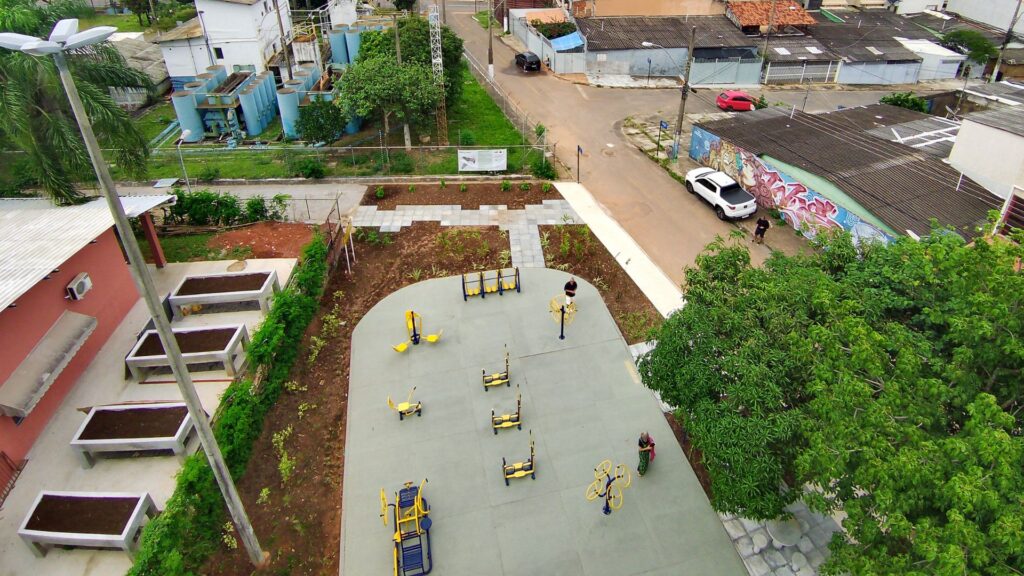
Professor Fabiano Lemes de Oliveira, a lecturer at the Department of Architecture and Urban Studies of the Politecnico di Milano, tells us how the project overcame technical and social challenges by combining Nature-Based Solutions and local participation to generate permanent, lasting benefits.
NBSouth shows that integrating nature into urban design does much more than just solve immediate problems. It creates more resilient, sustainable and liveable cities. In addition, this model can be replicated everywhere.
I would start by providing a little context: what are Nature-Based Solutions?
Nature-Based Solutions (NBS) are actions or systems inspired by natural processes that help us address various environmental and social challenges. They are mainly adopted as tools for adaptation to climate change, but they also play a crucial role in combatting biodiversity loss and strengthening urban resilience. They are multifunctional and can provide several types of benefits at the same time, and often, they are also more cost-effective.
Can you give us some examples of the most commonly used solutions?
Yes, there are quite a few. Some examples of solutions used in urban areas are green roofs, green walls, rain gardens, and sustainable urban drainage systems (SUDs). In our case, we developed an innovative typology, which integrates and enhances existing models.
What was the subject of the NBSouth research project? Which technique based on Nature-Based Solutions was used?
Before going into the technical details, I’d like to tell you about the project as a whole. We focused on water management and mitigating high temperatures in densely built-up urban areas. Another key aspect was biodiversity: the project took place in an area of the cerrado, a rich but fragile tropical ecosystem. This is why we worked closely with local stakeholders to develop a solution that fit the context and could be replicated in similar territories.
In Paranoá, we worked alongside the community to co-design a “resilient green belt” that could capture, filter and absorb rainwater. This includes infiltration trenches and rain gardens, organised in a system that allows integrated water management. In addition to the water aspect and the reduction of urban temperatures, the project aimed to increase local biodiversity and strengthen the social fabric: the solution needed to be more than merely technical. We wanted it to become a place the community could identify with and use as a meeting point (placemaking).
The resilient green belt we created is not just a rain garden: it has been purposefully designed to optimise the capture, filtration and absorption of rainwater, and it also provides ecological and social benefits.

Now, let’s get into the more technical part: how exactly does this “resilient green belt” work?
The project started with an abandoned square, waterproofed and sealed off by asphalt and concrete, with very little greenery and a blind street. We decided to transform it into a permeable space by removing the old asphalt and completely redesigning the area.
After calculating the amount of water the system would have to handle – coming both from the square and from neighbouring buildings, such as the community centre – we determined that it was necessary to dig between 1.5 and 2 metres deep. Once the asphalt was removed, we laid a layer of geotextile fabric to protect the next layers of materials:
- Gravel, to ensure drainage.
- Engineered sand-based soil enriched with compost, useful for retaining and filtering water.
- Local cerrado plants, selected with the community to strengthen the connection with the local ecosystem.
In this way, the green belt not only reduces the risk of flooding and improves the urban microclimate, but also becomes an environment rich in biodiversity and a new social space for the community.
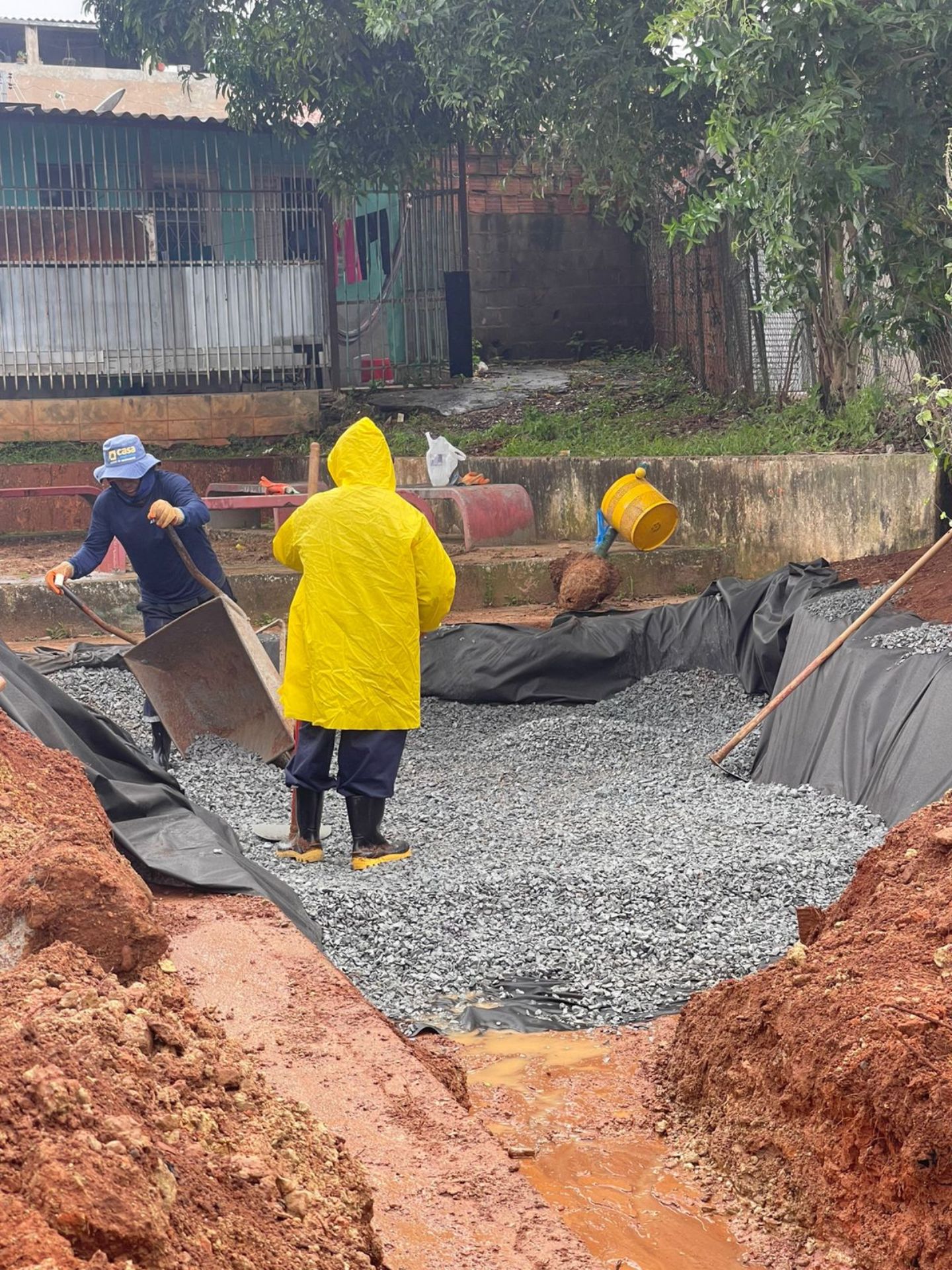
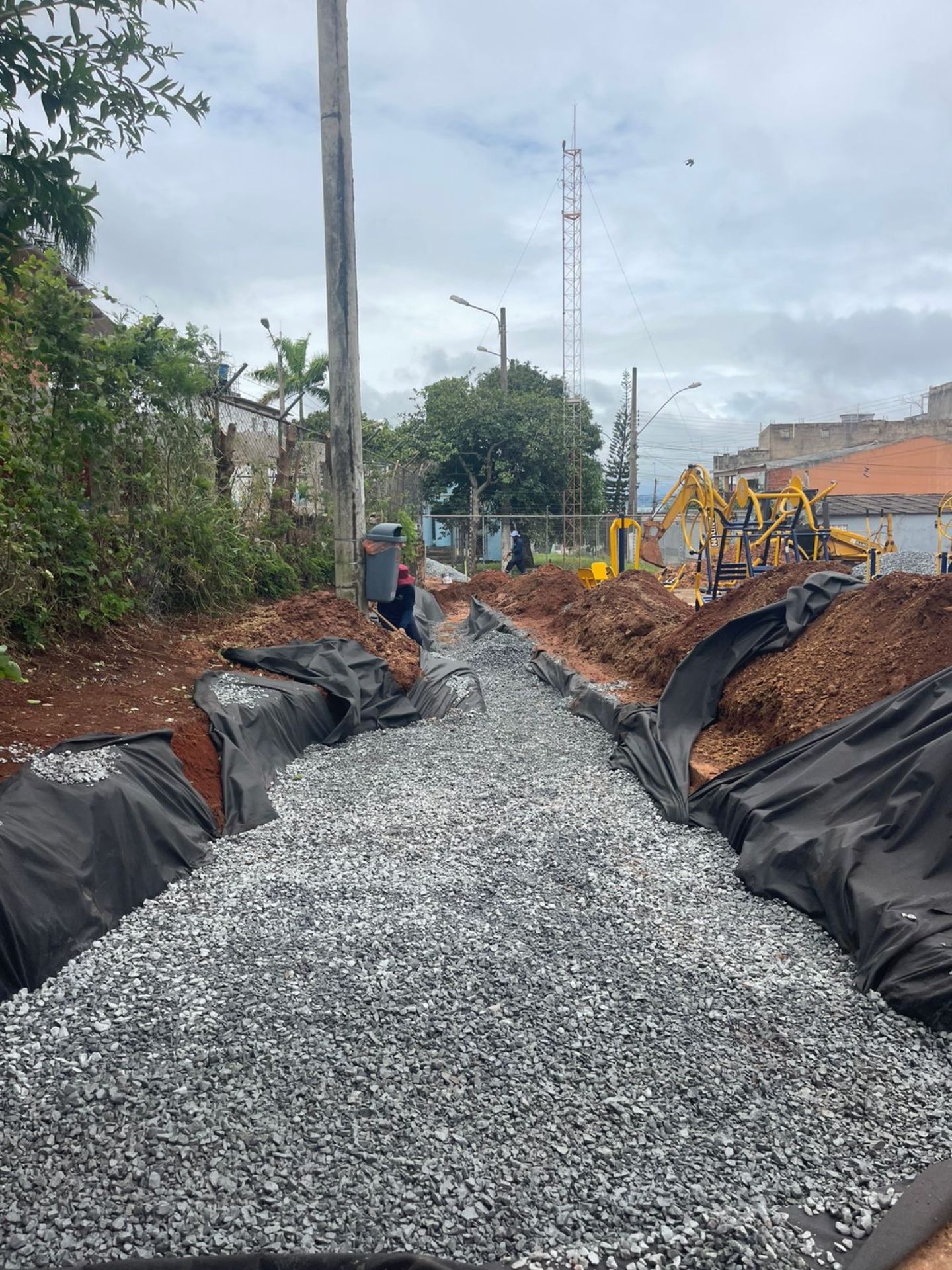
Why did you choose the district of Paranoá specifically?
The choice was made together with our partners from the University of Brasilia, who were already familiar with the area and had conducted research projects on climate adaptation there in the past. This was an important starting point: Paranoá was a highly relevant location for the project’s objectives – given the high degree of urbanisation and soil sealing, and the need to manage water resources more effectively during periods of drought and rain. At the same time, we had access to a network of local contacts and stakeholders who were already active because of the university’s work.
In this sense, it was a “win-win” situation. We were able to work on a very important case study, and the University of Brasilia contributed knowledge, experience and relationships that were essential in moving the project forward.
How important is collaboration with local stakeholders and co-design? What was their contribution?
Collaboration was crucial. The University of Brasilia was a scientific partner from the beginning. They helped us define the case study and involve other local actors. But the community groups were just as important, especially CEDEP (Centro de Cultura e Desenvolvimento do Paranoá e Itapoã) and Associação Pioneiros de Paranoá, which played a key role in mobilising residents and facilitating their participation in the co-creation meetings.
In co-design theory, we speak of gatekeepers: figures who act as a bridge between researchers and the community. In this project, CEDEP and Pioneiros performed exactly this function, helping us to build a trusting relationship with citizens. They were involved at all stages: from defining the initial ideas, through designing the green infrastructure, to implementing the pilot project.
We organised several in-person workshops in Paranoá, which were attended not only by community groups but also by the local administration.
So, the workshops were crucial in understanding the community’s real needs?
Exactly. The on-site visits and meetings were essential to better understand the history of the community and its relationship with water. In the past, workers from all over Brazil who had come to build Lake Paranoá all settled on the shores of the lake. Over time, the settlement grew, but in the 1980s, its inhabitants were moved to the new area we now know as Paranoá. Their former settlement became an ecological park, but in today’s Paranoá, nature is almost absent. This resulted in real displacement, a loss of connection with the natural environment, which was essential for us to recognise.
This is how we discovered how much the residents of Paranoà valued the cerrado with its plants, flowers, and local fruits. These are aspects that we did not know about, and which emerged precisely from discussions with the community, together with their willingness to transform the local situation.
However, it was a two-way process: it was not meant to be a simple “listen and do what the community asks”, but instead an active dialogue to build solutions together. In the workshops, we also introduced the topics of climate change and adaptation, which were not initially among their priorities. The residents were mainly asking for recreational spaces and more greenery, and we tried to show them how these goals could be integrated with climate resilience strategies.
The result was a real “win-win”: on the one hand, the community became more aware of the risks of climate change, and on the other hand, we were able to integrate their daily needs for socialising and nature. This allowed us to design not only a beautiful, welcoming place for the community, but also a resilient space, rich in biodiversity and capable of bringing multiple benefits. I believe that this very relationship between placemaking and resilience is one of the most valuable outcomes of the project.
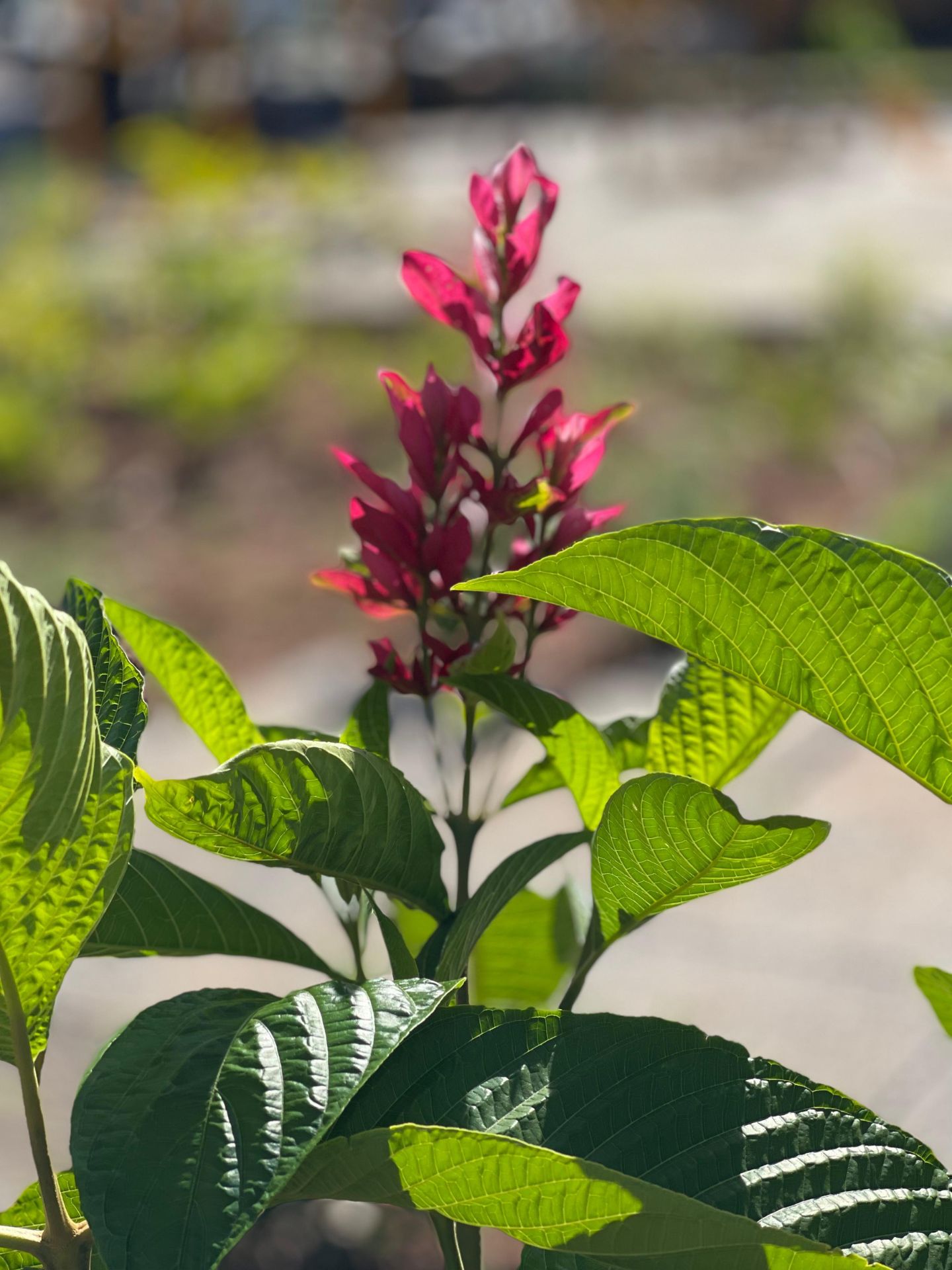
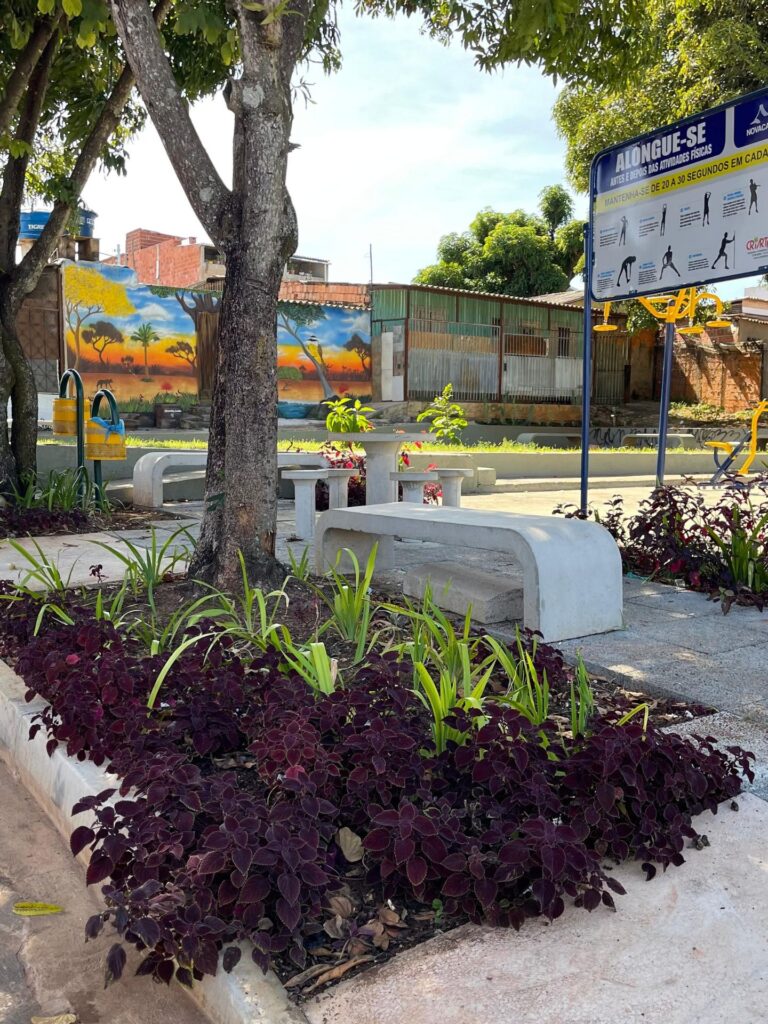
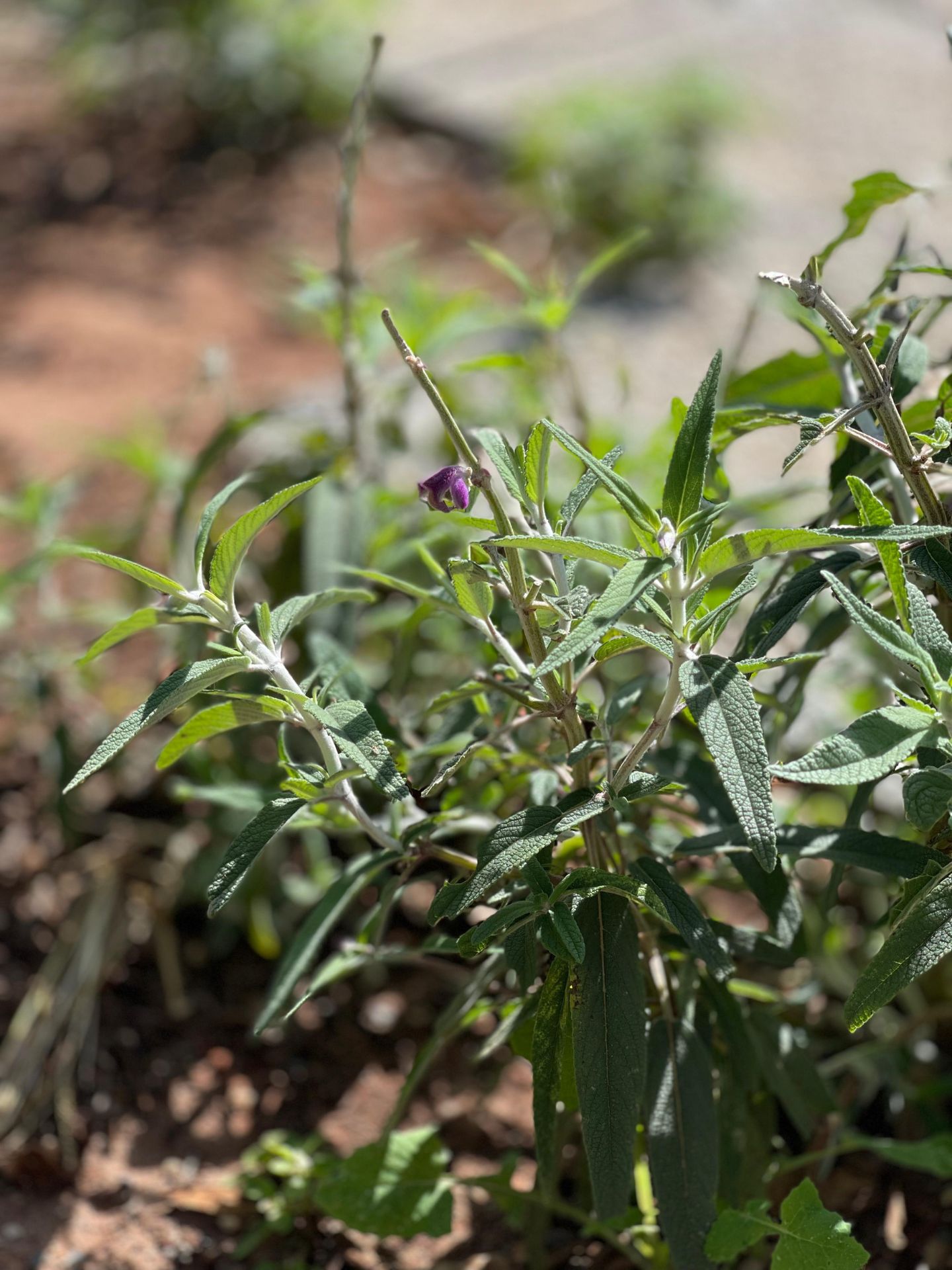
What was your role within the project? And how was the collaboration between the different teams managed?
I was the principal investigator of the project and, together with other colleagues from the Department of Architecture and Urban Studies (DASTU) and the Departments of Architecture, Built Environment and Construction Engineering (ABC) and Civil and Environmental Engineering (DICA), we represented the Politecnico di Milano. All of us has already contributed during the project conception and writing phases, collaborating to define the different work packages and specific tasks.
The result was a strong integration of knowledge:
- DASTU brought expertise in urban planning, co-design and ecosystem services assessment,
- DICA contributed its expertise in water management and treatment,
- DABC offered expertise in urban systems modelling,
- University of Brasilia played an equally important role, making scientific and academic contributions at various stages of the project.
This is how we were able to create an interdisciplinary team capable of approaching the project from different but complementary perspectives.
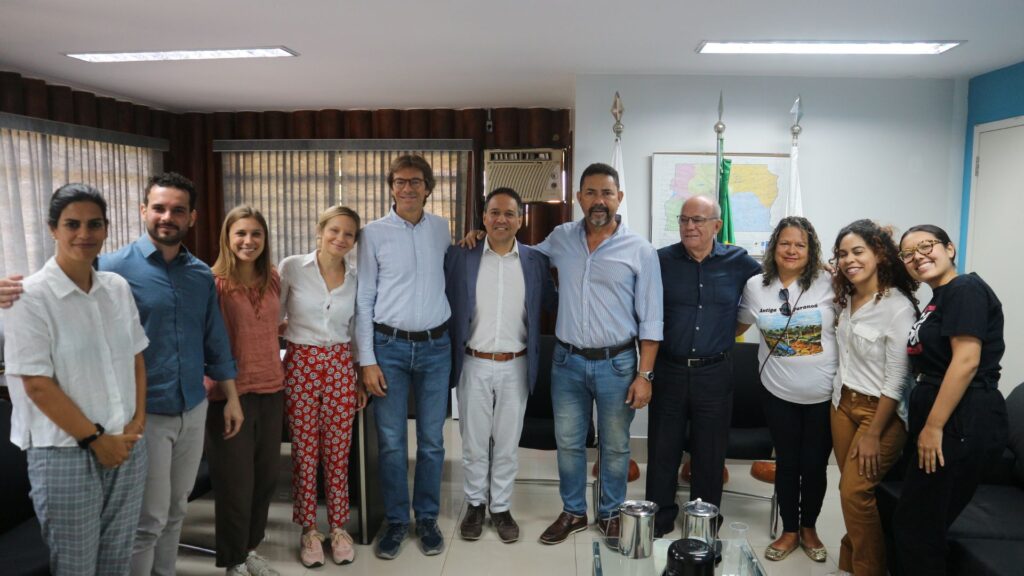
Coming back to your role, you said you were principal investigator of the project. From a practical point of view, what did you do during your work day?
As principal investigator of the project, I worked closely with the project manager, coordinating general management and interacting with the managers of the various work packages. In addition to this transversal role, I was also work package leader of the pilot project, which required particularly intensive work.
My activities ranged from academic research to organisational responsibilities. On a scientific level, I participated in literature reviews and case studies, activities that also led to the publication of a book on Nature-Based Solutions in cities in the southern hemisphere. I monitored the design of the pilot project spaces closely, while coordinating meetings and workshops both in Italy and Brazil, together with Professor Maria Do Carmo of the University of Brasilia.
Alongside this academic work, there was the whole management side: reporting, coordination of activities, financial supervision and drafting of final documents.
Finally, an important part of my role involved tutoring and mentoring younger colleagues. In short, my work combined the scientific dimension – research, design, and publications – with the organisational and leadership dimension, which is indispensable for an international and interdisciplinary project of this magnitude.
With reference to your academic and work experience, what is your profile?
I am an architect and urban planner, and have been working as a university professor for almost 20 years. I taught for eleven years in the United Kingdom before arriving at the Politecnico di Milano, where I have been teaching since 2019. My research career has always been dedicated to a central theme: the integration of nature into urban planning and design.
I teach urban and environmental design at the Politecnico di Milano. Specifically, I currently teach the Urban and Environmental Design course within the Master’s degree course in Sustainable Architecture and Landscape Design at the Piacenza Campus, and the Urban Design Studio workshop within the Master’s degree course in Architecture and Urban Design.
Parallel to my course, I am a researcher. I am currently participating in an international project called NatureScape, funded by the European Biodiversa+ programme. The aim is to study the governance of Nature-Based Solutions in the phase following their implementation: that is, to understand how these solutions can evolve over time and how to develop governance of care mechanisms.
This approach considers Nature-Based Solutions not only as technical tools to tackle climate change or strengthen urban resilience, but as practices of mutual care between community and nature. In this perspective, the involvement of different actors – public institutions, local communities, the private sector, and the third sector – becomes essential to ensure a fair distribution of responsibilities and benefits.
Returning to the project, what concrete changes have already been seen?
The project was implemented about seven months ago, and significant results are already visible. From an environmental standpoint, there has been a significant increase in biodiversity: we have introduced around 30 new plant species and planted over 1,800 new seedlings in the square, completely transforming it from what it was before.
In the past, the space was abandoned, unsafe and often used as a dumping ground by residents. Today, however, the community has returned to the square, which has become a place for meeting together and socialising.
Regarding water issues, there have been no more episodes of flash floods: the system seems to work well and rainwater management has improved substantially.
We have also included a one-year maintenance plan, so that we do not limit ourselves to the initial implementation phase. We want to give the plants time to take root and develop stably. This plan also allows us to monitor both the evolution of biodiversity and the new social uses of the square.

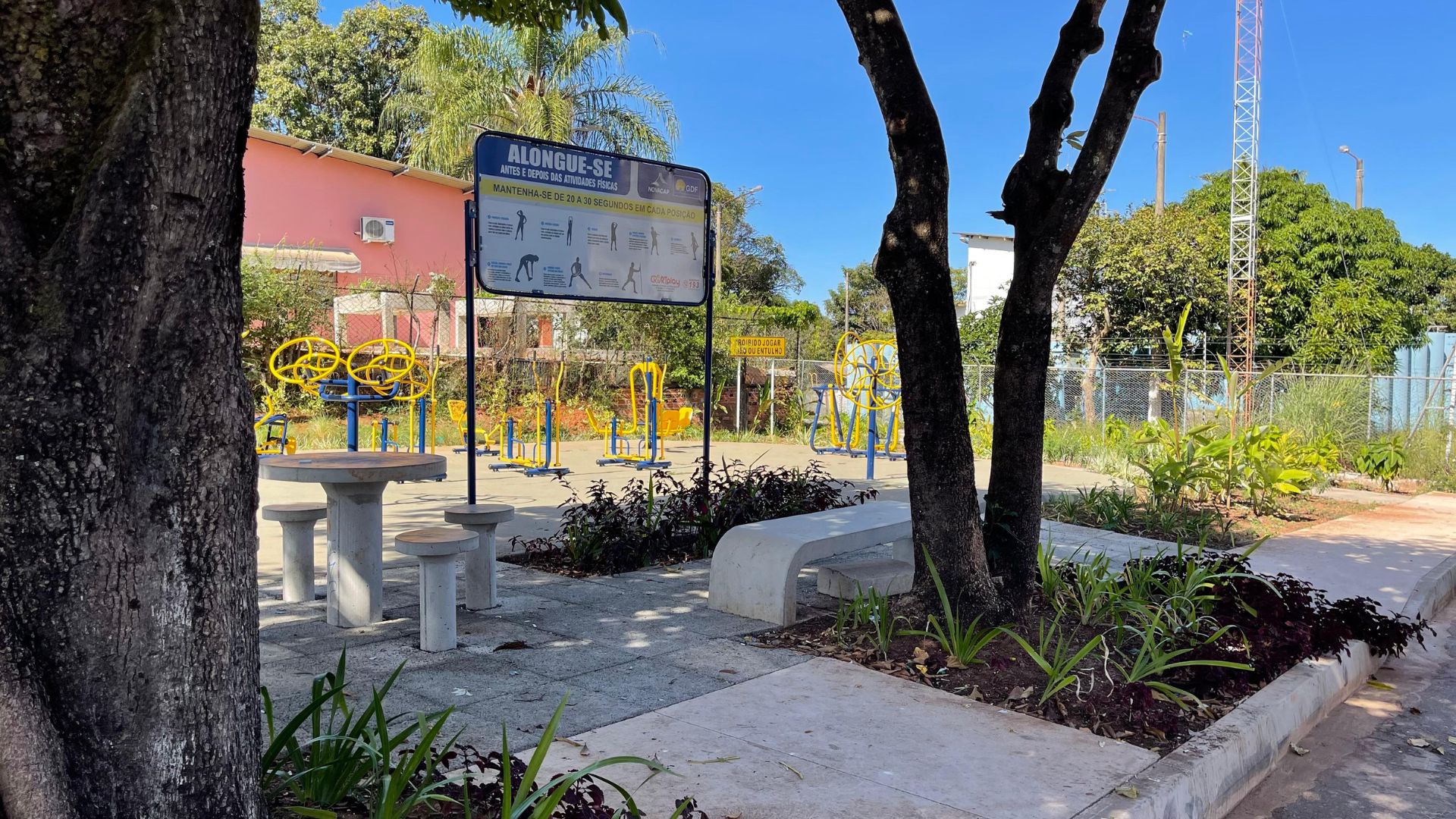
Are there other results that you expect later on, perhaps less obvious? What do you hope for?
That’s a good question. Some results will only be visible in the medium to long term. For example, we expect to see lower urban temperatures after replacing impermeable surfaces with green areas. Through evapotranspiration and shading, the vegetation helps to lower the temperature and improve the microclimate: this was one of the project’s objectives from the beginning.
However, we do not exclude the possibility that other unforeseen benefits may emerge, related to both environmental and social aspects. It will be interesting to monitor the development over time and see what other positive effects could develop.
Now, a more general question: what role do you think Nature-Based Solutions will play in urban planning in the future?
That is a very interesting question. I think nature-based solutions should not only be technical tools for responding to existing problems, but they should pave the way for real nature-based thinking within urban planning.
Nature-Based Solutions are crucial for the resilience of cities and adaptation to climate change. However, by their very nature, they tend to be reactive: that is, they are implemented to solve an existing or imminent problem, rather than prevent it. This approach is certainly useful, but it risks coming too late.
The desirable evolution, in my opinion, is to integrate natural processes into urban planning proactively and holistically, so as to steer the transformation of cities towards more sustainable and balanced future urban landscapes. This is not just reacting to environmental crises that are already underway. It would mean rethinking in depth the relationship between humans and nature, and building urban contexts capable of thriving in the long term.
In other words, Nature-Based Solutions should not just “repair” damage, but become part of a broader vision that recognises nature as a structural element of the city of the future.
What was the most exciting and rewarding aspect of the project for you, also from a human standpoint?
For me, the most exciting moment was definitely the inauguration of the square. I was not physically present, but I watched the event online and I watched the videos afterwards. It was touching to watch the presentations of the community members, who told the audience how important that space was to them.
In particular, I was struck by a very beautiful symbolic gesture: the collective embrace of the square. With that gesture, they all wanted to express what this place means to them, and their joy at its completion. It was a simple but extremely meaningful moment, which made it clear that the project was not just a technical intervention. It was also an experience of strong human and community value.
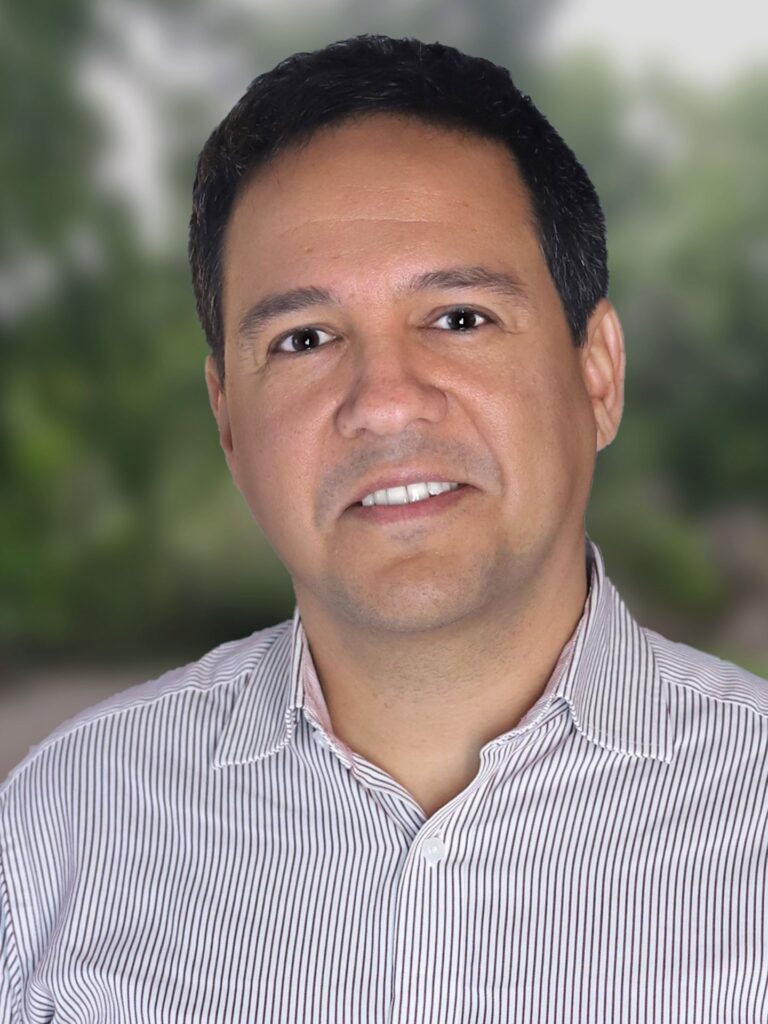
What was one of the most important challenges you faced, which put you under the most pressure?
I will tell you about one major difficulty, and one minor, but curious, problem.
The most important challenge was related to the legal and bureaucratic aspects of the entire action. After designing the square, we had to submit the project to the public administration, and then answer comments and undertake revisions. We didn’t know how long this would take, and considering that the project initially was supposed to last two years, this created a lot of uncertainty. In the end, we were able to obtain an extension, which proved to be crucial in order to complete the work while respecting all legal constraints.
The second, more curious, “difficulty” concerns plant management: we had chosen a Mexican sage species for the gardens, and the ants loved it. In fact, they devoured it completely! We then found ourselves having to replace these plants to fill the void, and in the meantime, we were learning to deal with the unpredictable challenges of nature itself.
My last question is whether you have any advice for young researchers who want to work on sustainability and climate adaptation.
I think the first step is to work on something you really believe in. It is essential to be passionate about one’s research topic: this is the only way to find the motivation to move forward even when things get difficult. In the field of sustainability, urban resilience and climate adaptation, the difficulties are many, the processes often slow, and the infrastructural obstacles significant. Nevertheless, it is important to maintain a positive attitude and the conviction that our efforts can really contribute to solving problems.
